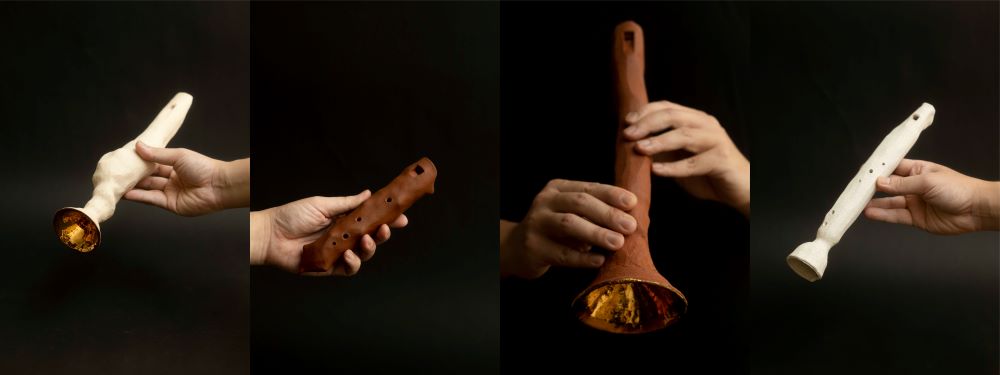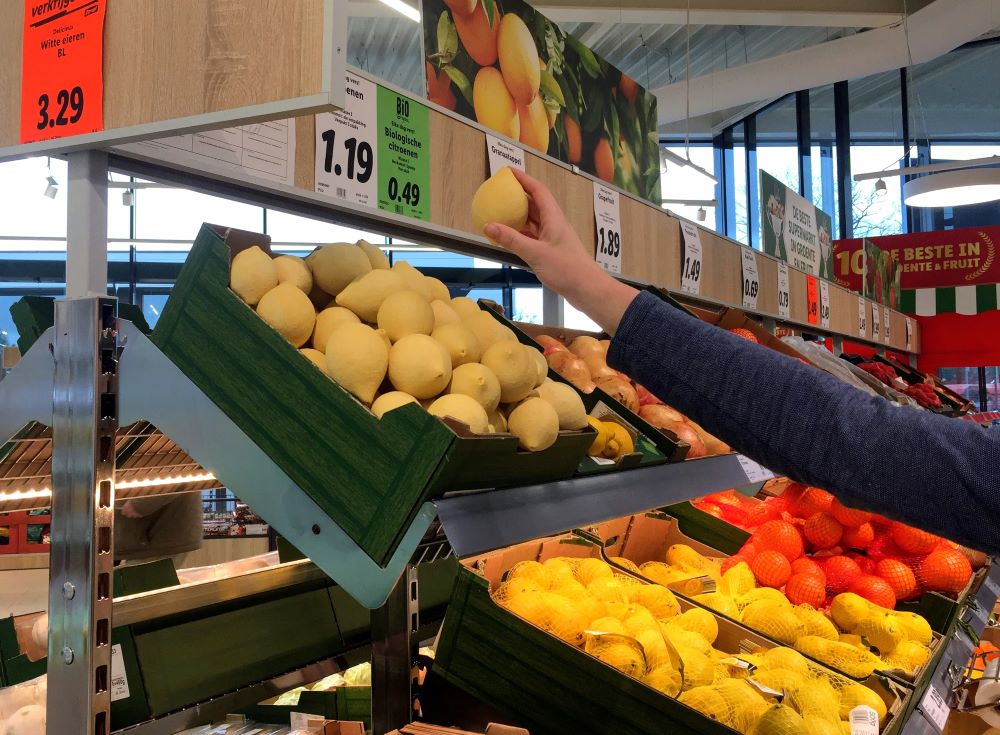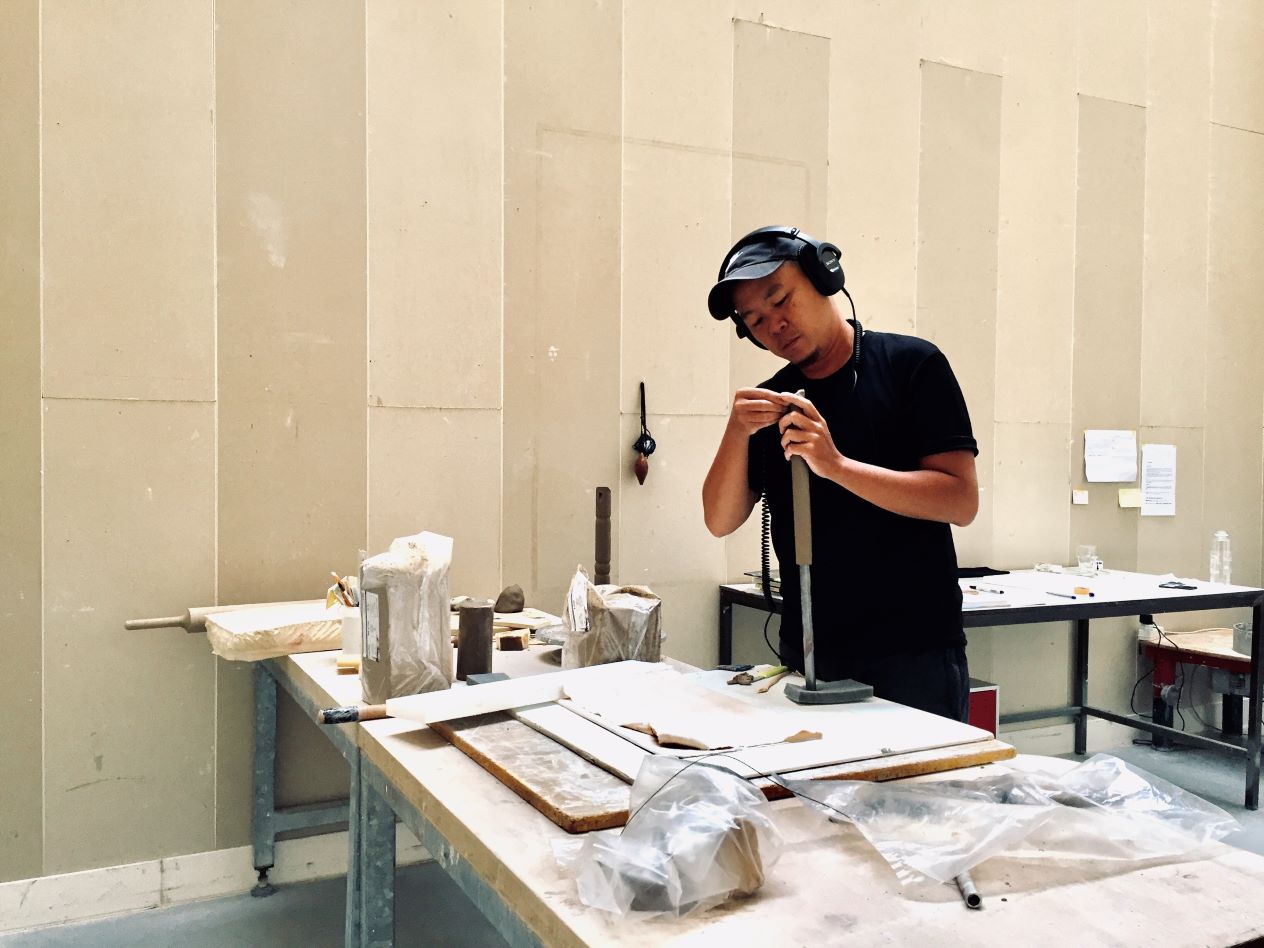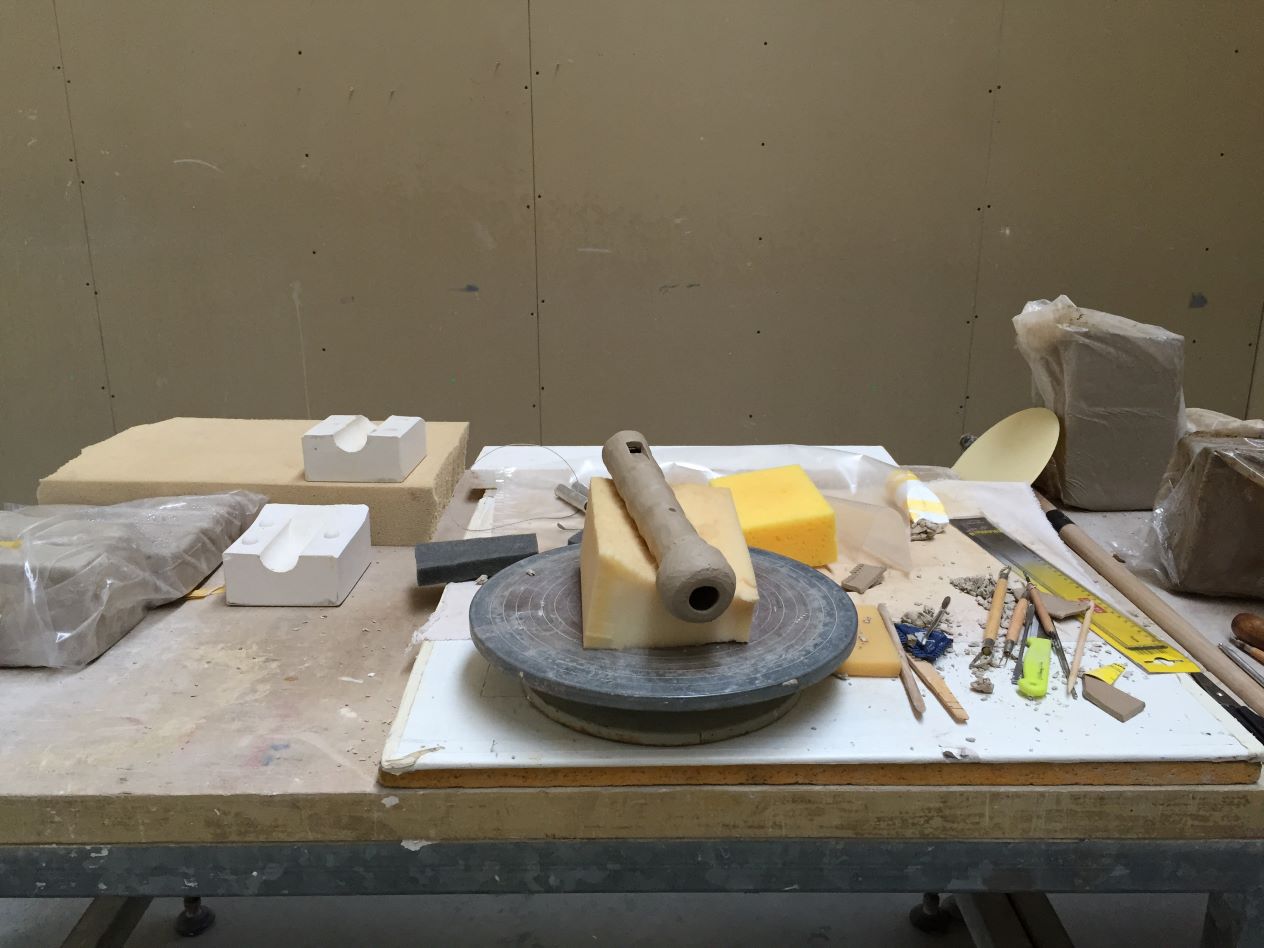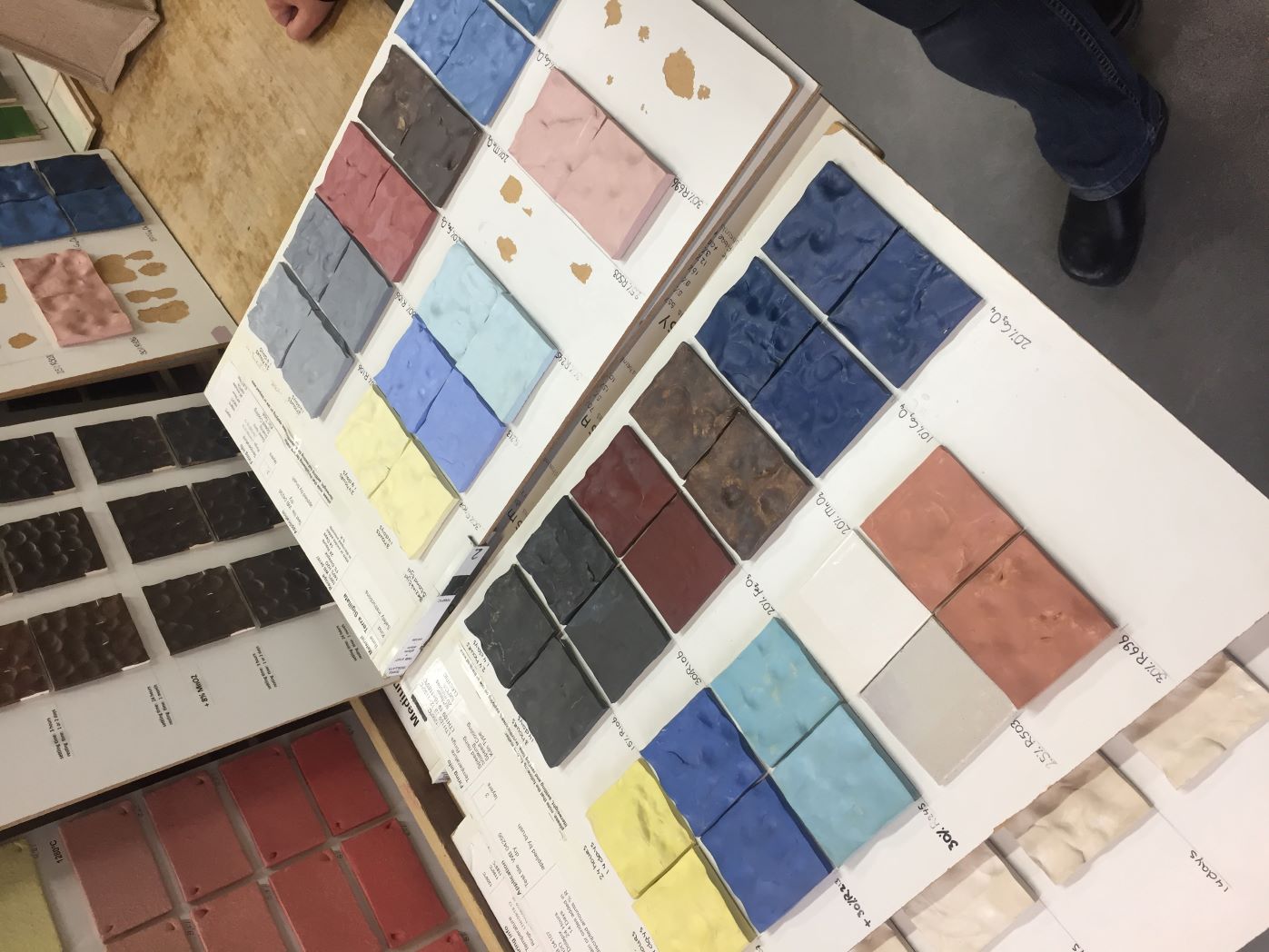Artists
Photo Credit: NIU Chun-Chiang
Liu Chih-hung
Liu Chih-hung
| Location | Netherlands / Oisterwijk |
|---|---|
| Residency | Sunday Morning, European Ceramic Work Centre (EKWC) |
| Year of the Grant | 2020 |
| Work | The Flute Ocarina The Darkness Flame Citron & Citroën |
| Personal Website | Liu Chih-hung's Personal Website |
Artist Statement:
Sundaymorning@EKWC in the Netherlands is an experimental ceramic art center. The facility, housed in a repurposed industrial building, includes artist studios, kilns, clay storage rooms, glaze rooms, plaster workshops, wood workshops, metal workshops, digital workshops, and a cleanroom. Artists can use these facilities freely throughout their 3-month residency, with kilns operating 24 hours a day.
The residency experience at EKWC is unique. Resident artists live in a close-knit community, and upon arrival, must immediately begin their creative projects, regardless of their specialization in ceramics. They need to quickly develop schedules for testing, crafting, and firing. Each studio features progress suggestions, and the whole process is tightly coordinated.
Additionally, EKWC employs a diverse team of technicians skilled in areas such as glazing, mold-making, metalwork, woodwork, 3D drawing/scanning, and multimedia execution, who assist artists in realizing their creative visions. With a long tradition of ceramic art in East Asia, represented by institutions and schools in South Korea, Taiwan, China, and Japan, I look forward to seeing a comprehensive ceramic art residency like EKWC in Taiwan in the future.
[Residency artwork]
Upon arriving at EKWC, I adjusted my creative plans due to various factors such as space, equipment, environment, and the pandemic. My focus shifted mainly to “earth and land” and “sound.” I blended minerals collected from lakesides and riverbanks, used 3D printing for prototyping and mold-making, and completed The Flute and Ocarina. The Darkness Flame was prepared for animation production; I used iron-rich black clay and reduction firing techniques to create a series of flame prototypes and magnified dried leaves. Citron & Citroën plays with the Dutch pronunciation of “Citroën” and “citron” for humorous effect. I employed one of EKWC’s research techniques, terra sigillata (fine clay coating), along with modern ceramic materials and technologies, to replicate the silky luster coloring method used in Italy and Gaul during the Roman Empire.
Author: Liu Chih-hung
Edited: Brix

